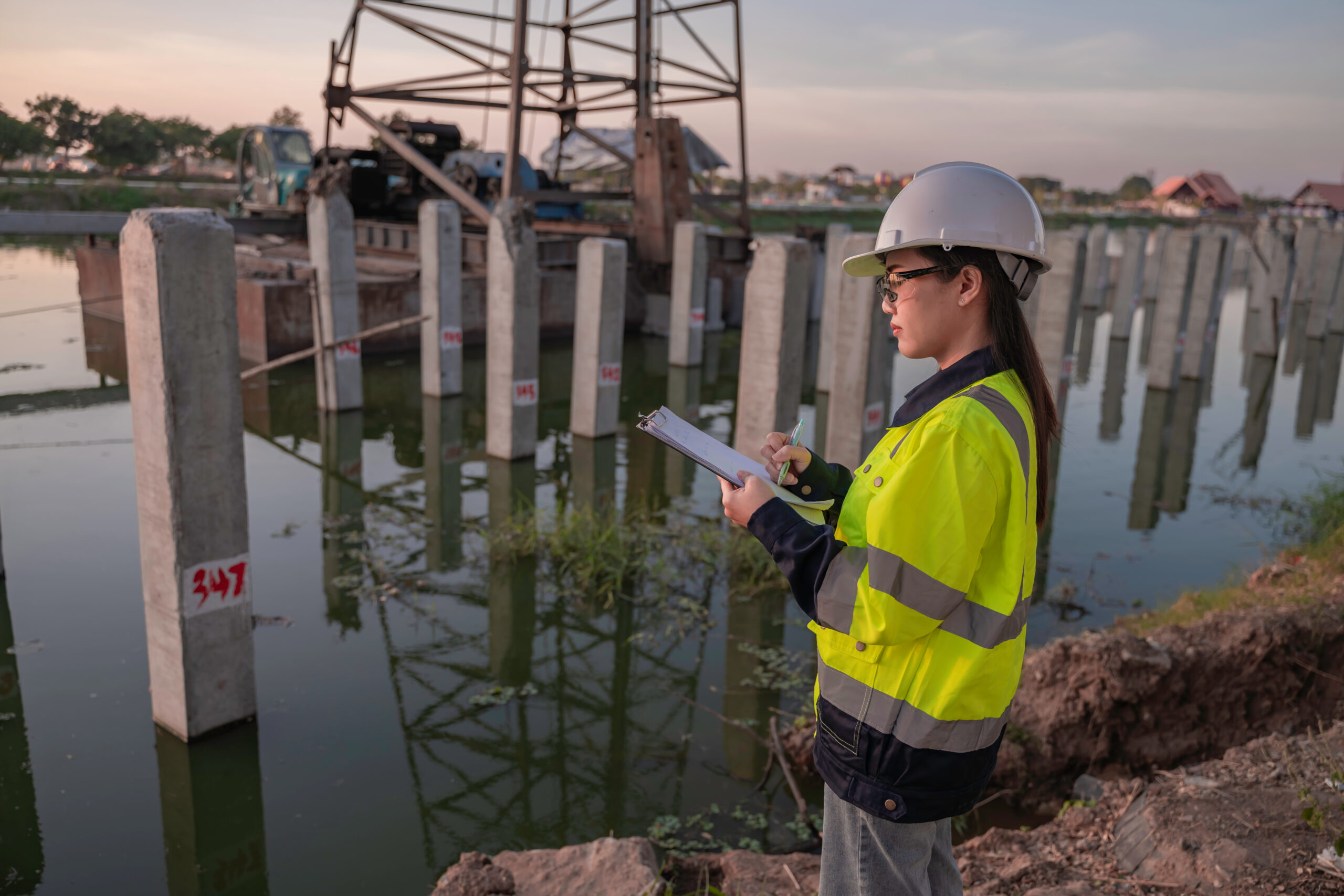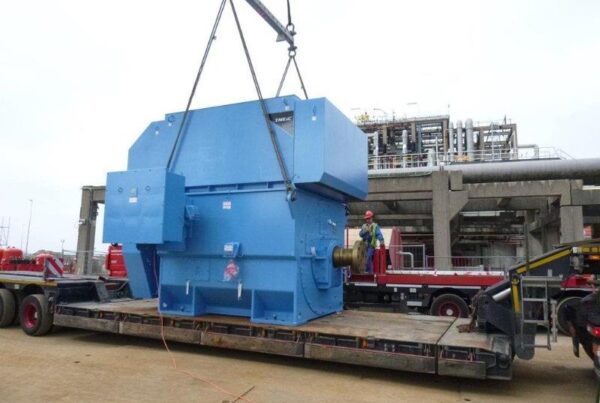In the dynamic realm of civil and structural engineering, as architects of modern society they are shaping the world through their ingenuity. From awe-inspiring skyscrapers to vital bridges, the role of civil and structural engineers is pivotal.
These professionals are the masterminds behind our urban landscapes, crafting the physical manifestations of innovation and functionality that define our cities. Their expertise goes beyond bricks and beams; they are the creators of the frameworks that support our daily lives.
Dive into this article to discover the challenges and triumphs faced by civil and structural engineers, and uncover the strategies they can employ to overcome obstacles and create a lasting impact on the world we inhabit.
The Ever-Changing Landscape of Engineering
- Sustainable Design as a Mandate: Balancing functionality with sustainability poses a constant challenge. To tackle this, engineers are incorporating eco-friendly materials and energy-efficient designs. The American Society of Civil Engineers (ASCE) emphasises sustainable infrastructure to combat climate change. According to ASCE’s “Sustainability Guidelines for the Structural Engineer,” incorporating sustainable design practices can lead to a 20-50% reduction in energy consumption and a 30-50% reduction in water consumption for buildings. This data underscores the tangible impact of sustainable design on resource conservation and environmental preservation, highlighting the pivotal role that civil and structural engineers play in shaping a more sustainable future.
- Revitalising Ageing Infrastructure: Aging structures require careful consideration. Retrofitting and modernization are crucial to improve safety and extend usability. According to data from the American Road & Transportation Builders Association (ARTBA), regular evaluations and updates are essential. The ARTBA emphasises the need for sustainable infrastructure practices to ensure the longevity and functionality of existing structures.
- Engineering Complexity Meets Advanced Analysis: Modern projects are complex, demanding thorough evaluations for structural integrity. Engineers employ finite element analysis and computational modelling tools for precise assessments. According to data from the International Journal of Civil Engineering and Technology, advanced analytical techniques can enhance accuracy by up to 30%.
- Budget and Time Balancing Act: Executing successful projects on time and within budget demands strategic planning and optimal resource allocation. Research from the Institution of Civil Engineers (ICE) indicates that effective resource management can lead to up to 10% cost savings and 15% shorter project timelines.
Harnessing Innovations for Engineering Excellence
Building Information Modeling (BIM): is a transformative technology that has revolutionised project management in civil and structural engineering. By creating comprehensive digital representations of construction projects, BIM enhances communication and collaboration among multidisciplinary teams, minimises errors, and significantly improves overall project efficiency.
For instance, in the construction of a new bridge, BIM can enable architects, engineers, contractors, and other stakeholders to collaborate seamlessly on a shared digital platform. This allows for real-time updates, accurate visualisation of design changes, and better identification of potential clashes or conflicts in the project.
Real data from the National Institute of Standards and Technology supports the effectiveness of BIM. According to NIST, projects utilizing BIM have experienced a 20% reduction in project delivery time and a 7% cost savings on average.
By adopting BIM technology, civil and structural engineers can streamline project management, reduce errors, enhance collaboration, and achieve greater efficiency, ultimately leading to successful outcomes.
Pioneering with Advanced Materials: This involves the exploration and implementation of innovative materials to enhance the strength, durability, and overall performance of structures. Engineers are pushing the boundaries by integrating materials such as fibre-reinforced polymers (FRPs) exploring materials like aerogels for enhanced insulation and lightweight construction in buildings, thereby revolutionising the field.
For example, in a bridge construction project, engineers might opt to use FRPs instead of traditional steel reinforcement due to their lightweight yet incredibly strong nature. This not only reduces the overall weight of the structure but also enhances its resistance to corrosion and extends its lifespan.
According to the American Society of Civil Engineers (ASCE) showcases the potential benefits of advanced materials. ASCE reports that the use of FRPs in concrete structures can lead to a 20% increase in load-carrying capacity and a 50% reduction in maintenance costs.
By embracing advanced materials, civil and structural engineers can create more resilient and sustainable structures, reduce maintenance challenges, and ultimately contribute to the advancement of the industry. The emphasis on researching and implementing innovative materials, drives continuous improvement and progress in the field.
Resilience Against Seismic Forces: Designing structures that can withstand earthquakes is a critical aspect of civil and structural engineering. To achieve this, engineers employ advanced seismic analysis techniques that help ensure the safety and resilience of buildings and infrastructure in seismic-prone regions. Organisations like the Earthquake Engineering Research Institute (EERI) play a significant role in promoting seismic resilience to create safer communities.
Seismic analysis involves studying the behaviour of structures under earthquake-induced forces to assess their performance and potential vulnerabilities. Engineers use computer simulations and mathematical models to predict how different types of structures will respond to various levels of seismic activity. By analysing this data, they can make informed design decisions that enhance a structure’s ability to endure earthquakes while minimising damage.
A study conducted by the Federal Emergency Management Agency (FEMA) found that incorporating seismic design principles can significantly reduce the risk of structural damage during earthquakes. Structures designed using modern seismic codes and standards can experience up to 80% less damage compared to non-seismically designed structures. This emphasises the importance of seismic analysis and resilient design techniques in ensuring the safety and longevity of structures in earthquake-prone areas
Digital Twins for Performance Monitoring: Creating digital replicas brings transformative advantages to engineers by facilitating real-time performance monitoring, accurate prediction of maintenance needs, and the optimization of long-term operations.
This game-changing approach is championed by the National Institute of Standards and Technology (NIST), which delves deep into the applications and potential of digital twins. Through the implementation of digital twin technology, engineers gain actionable insights that drive operational excellence and innovation in the field of civil and structural engineering.
Embracing Tomorrow’s Engineering Landscape
As civil and structural engineering evolves, professionals must adapt to new challenges and technologies. The ability to tackle these changes head-on will determine their success and the legacy of their creations.
Through innovation, collaboration, and a commitment to sustainability, they forge paths toward a more resilient and sustainable future. The field presents boundless opportunities to those who dare to envision, design, and construct the world around us.
As you embark on engineering endeavours, Alphatec Engineering stands as a partner in your journey. Our solutions reinforce your projects’ foundation for success. From aiding structural integrity to enhancing stability, our expertise complements your efforts.
Partner with Alphatec Engineering to elevate your civil and structural engineering projects to new heights.



